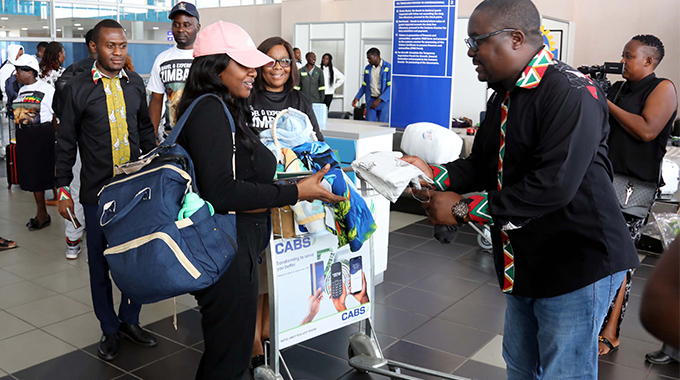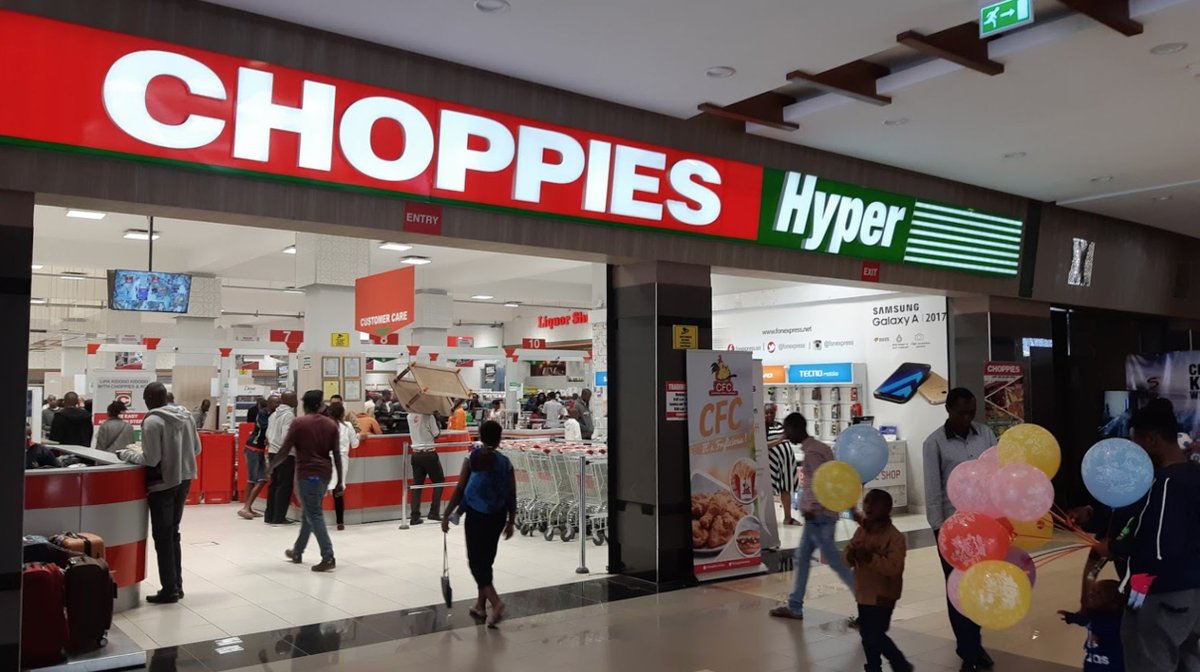US$60m required to localise tobacco financing
HARARE – As Zimbabwe gears up for the 2024/2025 tobacco season, the government has again unveiled an ambitious plan aimed at enhancing the country’s tobacco production capabilities. The plan, which targets a total mass of 288 million kilograms of tobacco, is set to significantly contribute to foreign currency earnings.
The Ministry of Agriculture has outlined a strategy that includes both contract and auction sales, with a projected contribution of 93% from contract sales. This initiative is expected to optimize the country’s 12.5% net foreign currency benefits derived from tobacco exports, which have been a cornerstone of Zimbabwe’s agricultural sector.
To realize these ambitious production targets, the government is seeking US$60 million in seed finance. This funding will be crucial for localising the financing of tobacco production, ensuring that farmers have the necessary resources to cultivate and harvest the crop effectively. The plan aims to enhance market access and competitiveness for tobacco value-added products, thereby increasing foreign currency earnings for the nation.
In recent years, Zimbabwe’s tobacco production has shown remarkable growth, with the 2023 season recording an all-time high of 296,135,214 kilograms. This growth reflects the resilience of the sector, despite fluctuations in production linked to market prices and weather conditions.
The 2024/2025 Tobacco Plan, which was incorporated into the Crop and Livestock Summer Plan 2024/2025 presented to donors last week, is not only focused on increasing production but also emphasizes the importance of value addition and beneficiation of tobacco products. By enhancing the quality and marketability of Zimbabwean tobacco, the government aims to secure a more stable income for farmers and bolster the national economy.
Key Highlights of the Crop and Livestock Summer Plan:
Total Budget for the Presidential Rural Development Programme: ZiG 950,740,000 approximately USD 70,000,000).
Proposed Budget for Specific Programmes:
-PIP and Horticulture: USD 709,022,800
-Cotton Pfumvudza: USD 127,656,000
-Private Sector Programmes (FCCA): USD 145,250,467
Increased Crop Production: The plan aims to produce a total of 3,274,200 metric tonnes (MT) of cereals, marking a staggering 340% increase from the previous season’s output of 744,271 MT. Major crops targeted include maize, sorghum, and pearl millet, with specific production goals set for each.
Soya Bean and Horticulture Initiatives: The government is also focusing on soya bean production, targeting 50,000 hectares with an expected yield of 2.5 MT per hectare, resulting in a total production of 125,000 MT. Additionally, the horticulture sector aims to establish 10,000 village business units and distribute 200,000 fruit trees to enhance local food production.finx











